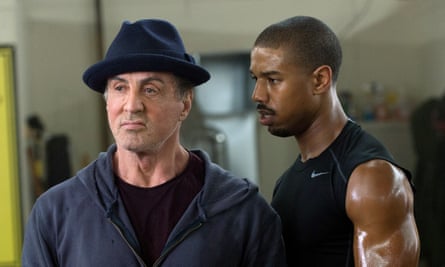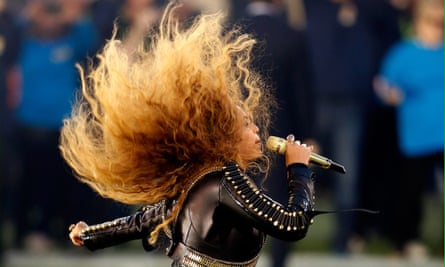No one should need to tell those who work in Hollywood that images matter.
The Oscars are the highlight of the year for an industry that exists to create fantasy worlds for us to escape into. The hype train for this year’s event, at the end of February, has already left the station. Monday saw the prestigious luncheon where all of those nominated for this year’s awards get a chance to suck some extra publicity out of proceedings.
This year’s ceremony is already mired in controversy over the lack of non-white faces so the obligatory picture of the hopefuls all in one place was always going to present a stark picture of the whiteness of Hollywood.
Cheryl Boone Isaacs, the president of the Academy of Motion Pictures Arts and Sciences, who seems to have added the word “beleaguered” to her job title, said before the lunch: “This year we all know there’s an elephant in the room, I have asked the elephant to leave.” If there had been an elephant in the room, however, it would have been one of the few African or Asian representatives present.
These group pictures serve a purpose; they are a way for the Academy to lay out its celebrity wares. The awards are the prime event for the sexiest industry on the planet and there are few other occasions when the great and the good of Hollywood gather together in one place for a photo.
Whether they show Oscar nominees or the staff of a political magazine, group shots have a particular power when it comes to highlighting a lack of ethnic diversity. Seeing a line of grinning white faces makes it much harder to break the debate down into one about individuals.

Yes actor X delivered a great performance as a transgender woman and actor Y was brilliant rolling around in the snow but the #OscarsSoWhite controversy isn’t about this or that performance – it’s about the overall lack of opportunities or recognition for non-white talent. Group shots help keep the focus on this, rather than individual omissions. It’s coming to something when perma-tanned Sylvester Stallone is one of the least white people in the room. Sly received his first nomination for almost 40 years for reviving his role as Rocky Balboa in the film Creed, while the movie’s black lead actor, Michael B Jordan, and director, Ryan Coogler, were overlooked.
He could have reacted defensively to suggestions that his nomination was strange but instead he looked for ways to help and offered to join the planned boycott of this year’s show.
“I said, ‘Ryan, how do you want to handle this? Because I really believe you are responsible for me being here,’” Sly explained.
“I said, ‘If you want me to go, I’ll go. If you don’t, I won’t.’”

When deciding to ally yourself to a campaign you are not part of, simply asking how best to provide support is much underrated. If Sly had boycotted he may well have become the talking point of the evening and focus would have once again been taken away from the real issue, a root to branch lack of diversity in Hollywood.
From Beyoncé to Idris Elba, black consciousness seems to be en vogue. The Oscars controversy will not be the last time that black and brown voices are raised in protest.
When next year’s nominees grab their £200,000 goody bags and line up for their picture, it’s a fairly safe bet there will be a more liberal sprinkling of beaming black and brown faces. This will almost certainly be as cosmetic as it sounds but for an industry that thrives on the manipulated image, sometimes looks do matter.
